Egg Whites Vs Yolk (Pros and Cons + Uses in Cooking!)
Jan 24, 2024, Updated Mar 01, 2024
Egg whites vs yolk: A dietitian explains the difference between egg whites vs yolk, from protein, fat and cholesterol to uses in baking and cooking.
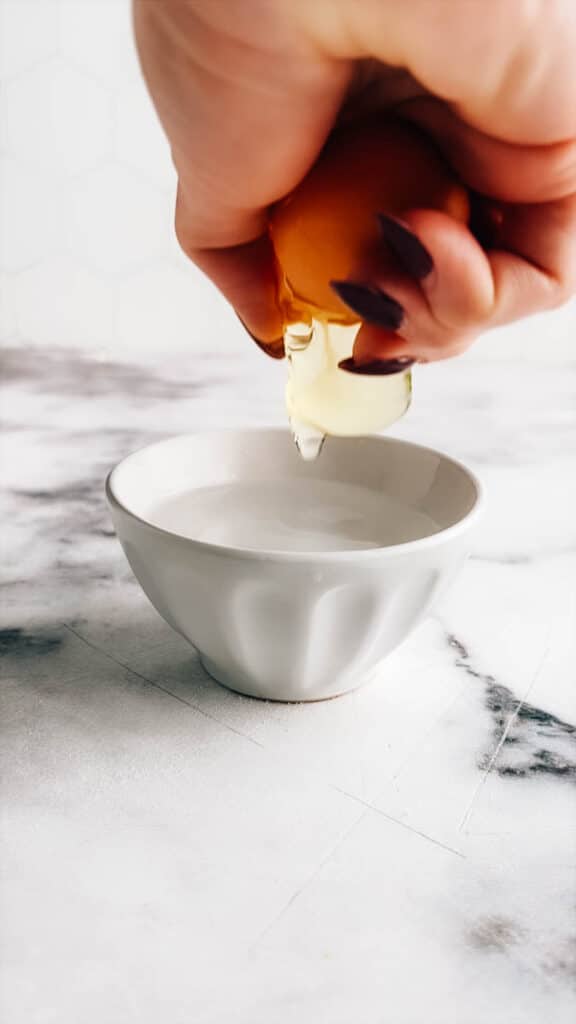
Egg Whites Vs Yolk: At a Glance
As a registered dietitian, food science writer and recipe developer, eggs are one of my favorite, almost-magical ingredients.
Here’s a super quick summary of the differences between egg whites and egg yolks:
Egg Whites:
Egg whites are a low-calorie, high-protein option with minimal fat, making them suitable for high-protein and low-fat diets.
- Calories: Low (about 17 calories per white).
- Fat: Virtually none (0.05 grams per white).
- Protein: High (about 3.6 grams per white).
- Cooking Uses: Ideal for meringues, angel food cakes, and as a leavening agent.
Egg Yolks:
Yolks, on the other hand, are rich in fats and essential nutrients but higher in calories, making them ideal for adding richness and flavor to dishes.
- Cooking Uses: Used in custards, sauces (like hollandaise), and as emulsifiers.
- Calories: Higher (about 55 calories per yolk).
- Fat: Contains fats (about 4.5 grams per yolk, with 1.6 grams being saturated fat).
- Protein: Moderate (about 2.7 grams per yolk).
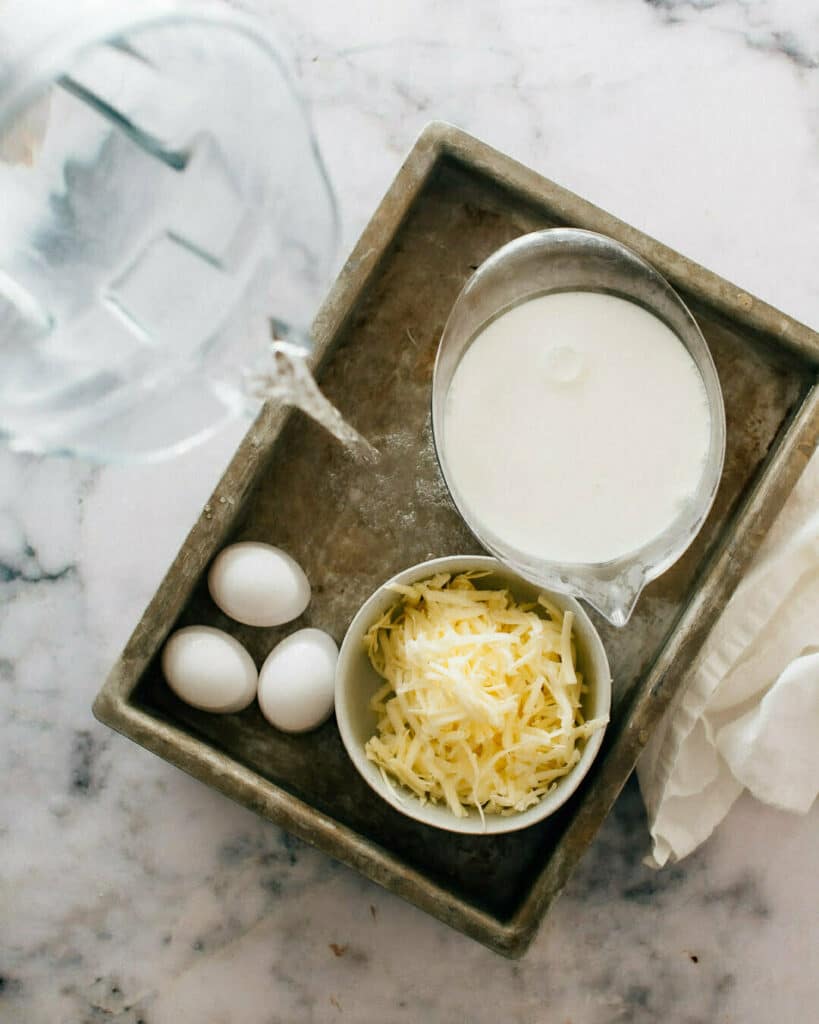
Egg Whites vs Yolk: Uses in Cooking
When I’m cooking, I see egg whites and yolks as two separate ingredients. Each has unique capabilities from thickening and emulsifying, to holding an incredible amount of air. Let’s break down how I use them in different recipes.
Egg Whites in Cooking
Egg whites are all about creating lightness and airiness. When you beat whites, they form a foam.
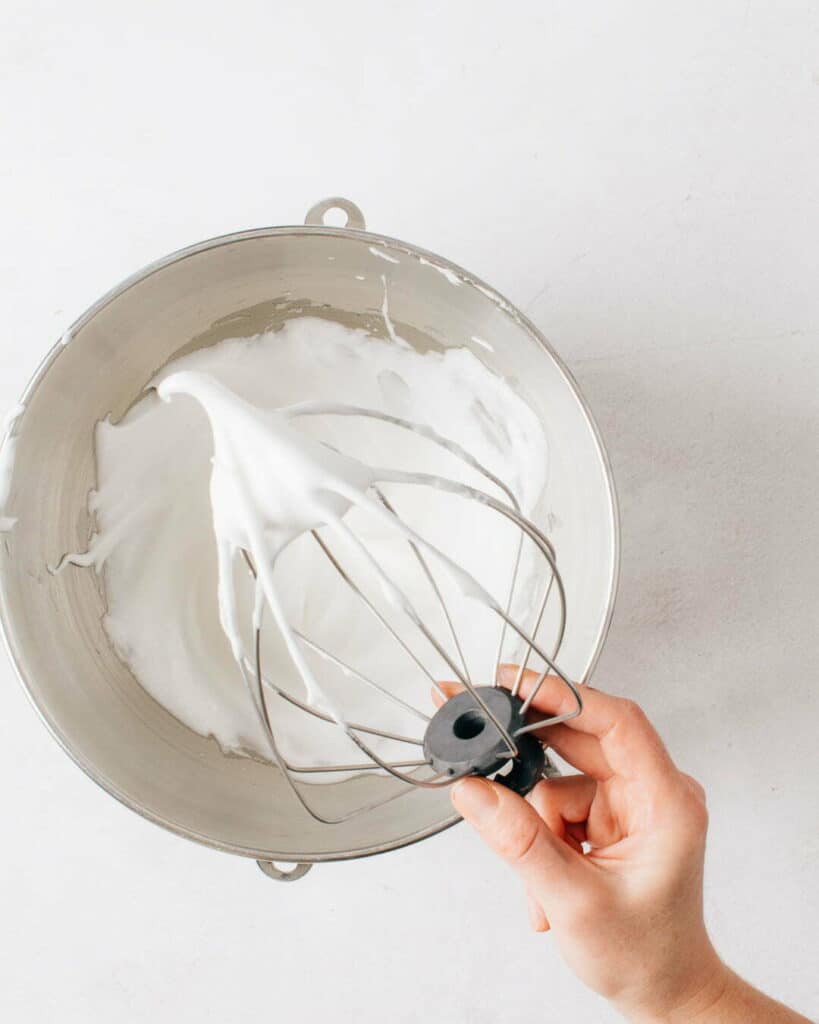
This foam, full of air bubbles, can make dishes like soufflés and meringues rise and become fluffy. They act as leavening agents, meaning they help baked goods rise. In baking, this airy texture is key for light, delicate results.
Beaten egg whites are the secret to making light and fluffy vanilla cake at home that tastes like your favorite bakery.
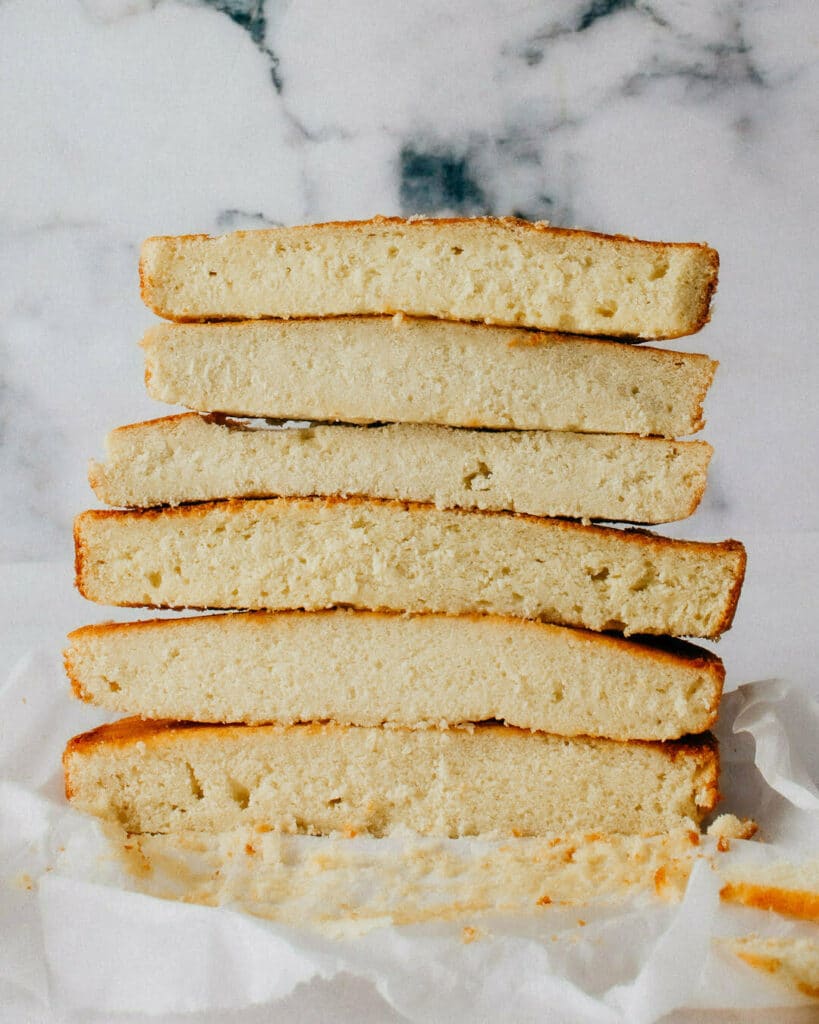
Yolks in Cooking
Yolks are the rich, creamy part of the egg. You use them in custards and sauces like hollandaise.
They contain fats and emulsifiers, which give sauces and custards a smooth, velvety texture. Adding yolks to a dish means introducing a luxurious, rich mouthfeel.
Their emulsifying abilities mean they help mix oil and water-based ingredients together. Egg yolks are the reason that mayonnaise is thick and creamy, instead of being a layer of oil floating on top of a layer of vinegar.
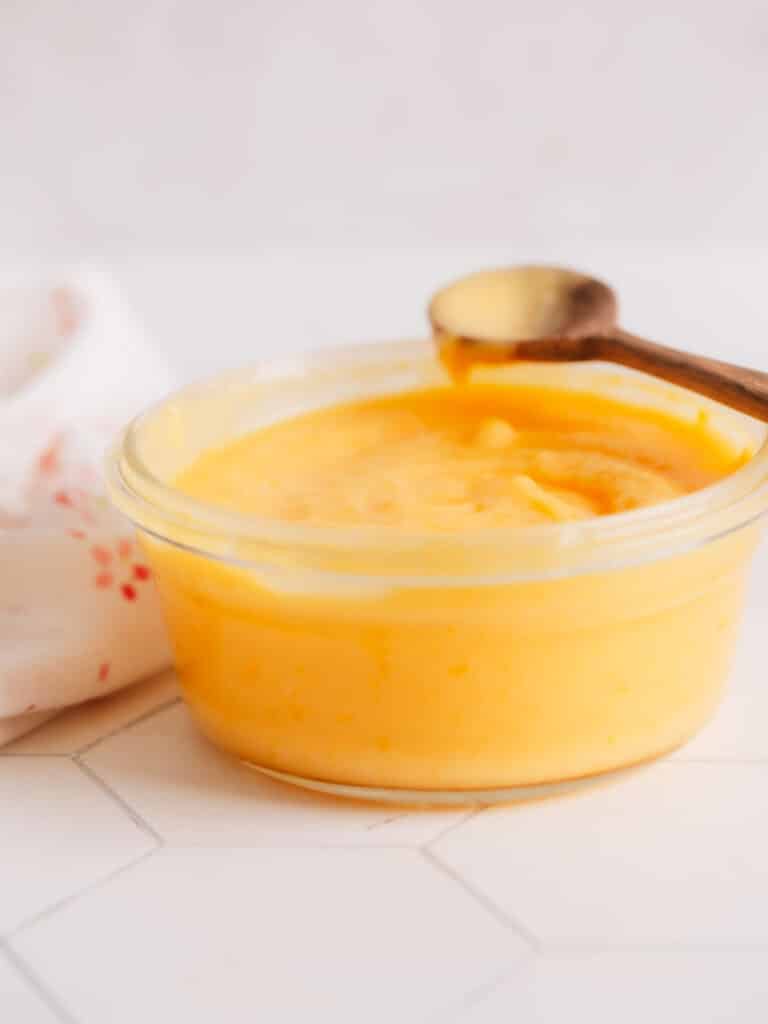
Yolks also turn lemon juice and butter into curd (like in these lemon curd cookies) and cream cheese and sugar into cheesecake (like in this easy Philadelphia cheesecake)
They’re also key in adding moisture and binding in the best meatloaf ever.

Egg Whites vs Yolk: Flavor Profiles
The flavor contributions of egg whites and yolks are quite distinct.
Egg whites have a subtle taste, often described as clean or neutral. This makes them ideal in dishes where you don’t want to overpower other flavors.
Yolks, however, have a richer, more pronounced “eggy” flavor. They can add richness to a recipe, enhancing its overall taste profile.

Separating Egg Whites and Yolks Without an Egg Separator
Separating egg whites and yolks can be done cleanly with the three-bowl method. This approach ensures precision and prevents any yolk from mixing with the whites, especially important for recipes requiring multiple egg whites. Here’s how to do it:
- First Bowl: Crack the egg over this bowl to catch the white. Be gentle to avoid breaking the yolk.
- Second Bowl: Carefully transfer the yolk here. This bowl is just for holding the yolk temporarily.
- Third Bowl: After confirming that no yolk has mixed with the white in the first bowl, pour the white into this larger bowl. This is where all the egg whites are collected.
This method is particularly useful because if a yolk breaks, it won’t spoil the entire batch of whites. It’s a simple yet effective way to ensure clean separation for recipes requiring precision.
This show-stopping lemon curd cake uses up the yolks (in the lemon curd filling) and the whites (in the meringue-style 7-minute frosting).

Protein in Egg Whites Vs Yolk
Egg whites are almost entirely made up of protein, with very little fat or carbohydrates.
The protein it contains has an amino acid score of 100, which means that it is a complete protein. In other words, it contains all the essential amino acids (the building blocks of proteins) in the right proportions needed by the human body.
It has the “highest net protein utilization rate”, which is science speak for how well our bodies can use the protein in eggs. Eggs have a high rate, meaning that our bodies can use most of the protein in eggs efficiently.
This makes egg protein a super high-quality protein source. Whip up an egg white omelet with veggies for a protein-packed breakfast.
Each egg white contains about 3.6 grams of protein (and only 0.05 grams of fat).
Studies suggest that consuming egg white proteins can help increase muscle mass, strengthen muscles, reduce cholesterol, and decrease body fat. This makes egg whites a valuable part of a healthy diet, especially for those focusing on fitness and weight management.
This makes them a particularly good option for those looking to increase their protein intake without adding extra calories from fats or carbs.
In contrast, egg yolks contain less protein, approximately 2.7 grams per yolk, but also come with other essential nutrients.
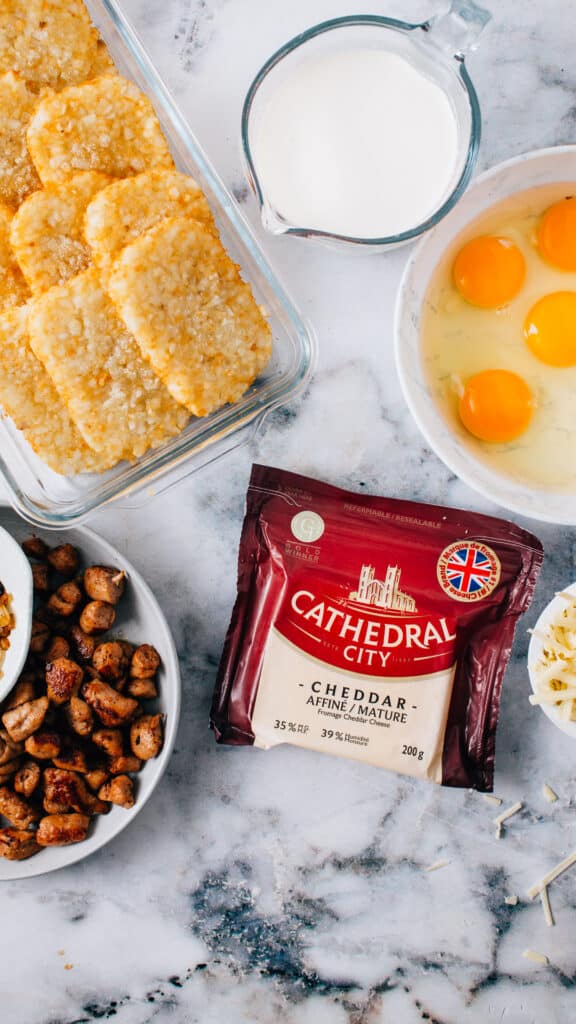
Cholesterol in Egg White vs Yolk
Egg yolks are often discussed in terms of their fat and cholesterol content. A typical yolk has around 4.8 grams of total fat, 1.6 grams of which are saturated fats, and about 186 milligrams of cholesterol according to the USDA.
This contrasts with egg whites, which have virtually no fat or cholesterol.
While there has been a shift in dietary guidelines to focus less on limiting cholesterol intake and more on overall healthy eating patterns, individuals at risk of cardiovascular disease (CVD) are still advised to be cautious with their cholesterol intake, including from egg yolks.

Calories in Egg Whites vs Yolk
Egg yolks have a higher caloric content compared to egg whites. The calories in egg yolks primarily come from their fat content.
For instance, a single large egg yolk provides about 55 calories.
A single large egg white contains about 17 calories.
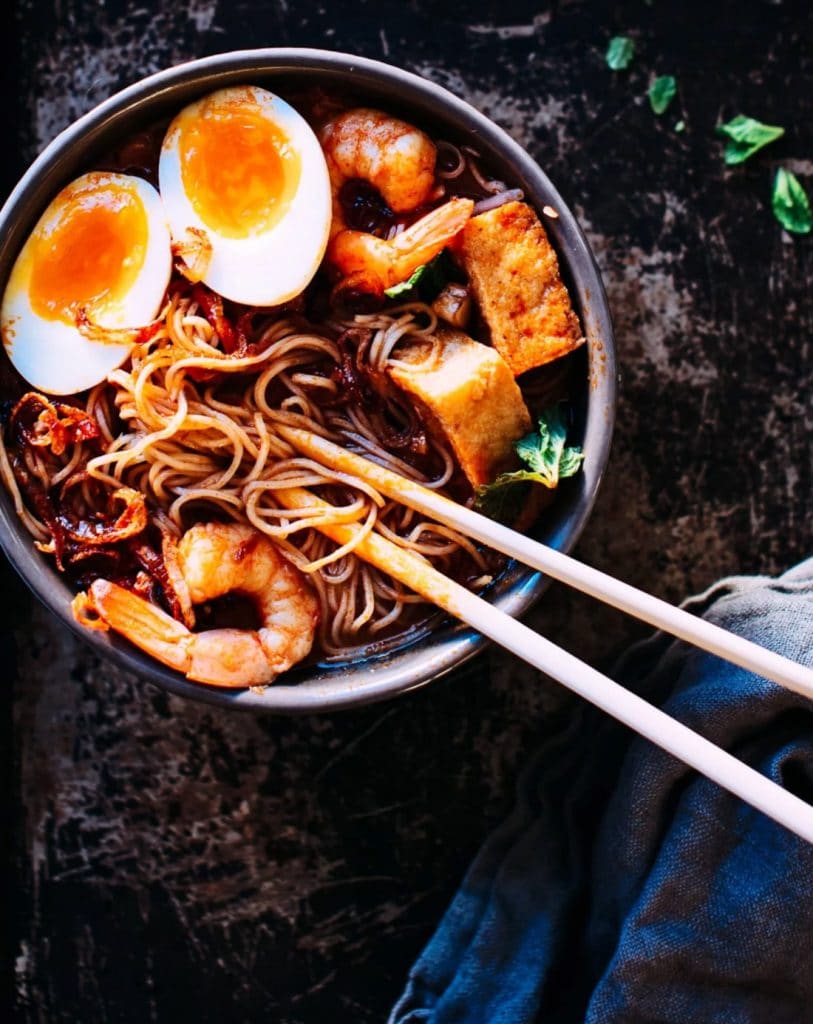
Other Nutritional Differences: Vitamins, Minerals and More
Now here’s where yolks come out on top (sunny-side up, you might say).
Egg yolks are a powerhouse of nutrients. They naturally contain vitamin E, A, E, D and K, which you won’t find in egg whites. These vitamins are crucial for various body functions, including bone health, immune function, and cell protection.
Yolks also excel in mineral content. They have more calcium, copper, iron, manganese, phosphorus, selenium, and zinc than whites.
These minerals are essential for bone health, energy production, and immune function.
Additionally, yolks can be rich in omega-3 fatty acids if hens are fed omega-3 enriched diets. Diet enrichment can also give eggs an extra boost in vitamin D.
These fats are known for benefiting heart and brain health. Yolks also contain carotenoids like lutein and zeaxanthin, important for eye health.
Furthermore, yolks offer essential amino acids such as leucine, lysine, and tryptophan, important for muscle repair and mood regulation. They also have biotin and choline, supporting skin, hair, nail health, and brain function. Threonine, another amino acid in yolks, helps in protein balance.
In contrast, a look at egg white nutrition is really mostly about the protein. They do, however, contribute niacin, riboflavin, magnesium, potassium, and sodium. These play roles in energy metabolism and maintaining fluid balance.
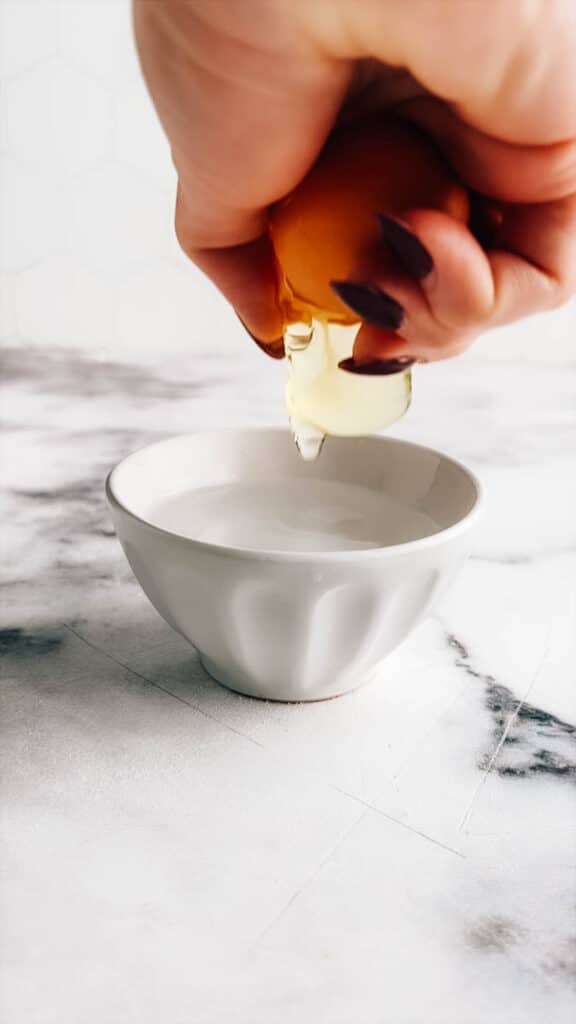
Eggs and Salmonella
Salmonella bacteria, a common cause of food poisoning, can be present in eggs, even if they appear clean and uncracked. It’s essential to handle and cook eggs properly to prevent illness. Here are some key tips to reduce the risk of Salmonella infection from eggs:
- Buying Eggs: Choose eggs that are sold from a refrigerator or refrigerated case. Check to ensure they are clean and the shells are not cracked.
- Storing Eggs: Store eggs in the refrigerator at 40° F or below, preferably in their original carton. Use them within 3 weeks for best quality.
- Preparing Eggs: Wash hands, utensils, equipment, and work surfaces with hot, soapy water before and after contact with raw eggs. Cook eggs until both the yolk and the white are firm. For dishes containing eggs, cook them to an internal temperature of 160° F.
- Serving Eggs: Serve cooked eggs and egg-containing dishes immediately after cooking. For later use, refrigerate them and consume within 3 to 4 days. Never leave cooked eggs or egg dishes out of the refrigerator for more than 2 hours, or 1 hour in temperatures above 90° F.
- Egg Alternatives: If a recipe calls for raw or undercooked eggs, consider using pasteurized eggs or egg products to reduce the risk of Salmonella.
- Special Considerations: Young children, the elderly, pregnant women, and individuals with weakened immune systems are at a greater risk of severe illness from Salmonella.
By following these guidelines from the CDC and the FDA, you can enjoy eggs while minimizing the risk of Salmonella infection. Remember, most people who get infected with Salmonella develop symptoms like nausea, diarrhea, fever, abdominal cramps, and vomiting, usually resolving without treatment. However, severe cases can occur, so it’s important to practice safe handling and cooking of eggs.
FAQs on Egg Whites vs Yolk
Just skimming through? Here are answers to some commonly asked questions:
Which is healthier egg yolk or egg white? The healthiness of egg yolk vs. egg white depends on your dietary needs. Egg whites are low in calories and fat-free, high in protein, making them ideal for protein-rich, low-fat diets. Egg yolks contain more vitamins and minerals but are higher in calories and fat.
Why do bodybuilders eat egg white only? Bodybuilders often eat egg whites only for their high protein content and low fat. Protein is essential for muscle building and repair, and egg whites provide this without the additional fat and cholesterol found in yolks.
Why eat egg whites and not the yolk? Eating egg whites and not the yolk is chosen for lower calorie intake and to avoid fat and cholesterol. Egg whites are high in protein and low in calories, making them suitable for weight management and high-protein diets.
What is the unhealthiest part of an egg? The term “unhealthiest” is subjective, but egg yolks are often considered less healthy due to their high cholesterol and fat content. However, they are also nutrient-rich, making them beneficial in moderation.
Sources
Accessed January, 2024 by Jennifer Pallian, BSc, RD.
- Stevens L. Egg white proteins. Comp Biochem Physiol B. 1991;100(1):1-9. doi: 10.1016/0305-0491(91)90076-p. PMID: 1756612.
- Matsuoka R, Sugano M. Health Functions of Egg Protein. Foods. 2022 Aug 2;11(15):2309. doi: 10.3390/foods11152309. PMID: 35954074; PMCID: PMC9368041.
- Clayton ZS, Fusco E, Kern M. Egg consumption and heart health: A review. Nutrition. 2017 May;37:79-85. doi: 10.1016/j.nut.2016.12.014. Epub 2016 Dec 29. PMID: 28359368.
- Spence JD, Jenkins DJ, Davignon J. Dietary cholesterol and egg yolks: not for patients at risk of vascular disease. Can J Cardiol. 2010 Nov;26(9):e336-9. doi: 10.1016/s0828-282x(10)70456-6. PMID: 21076725; PMCID: PMC2989358.
- Salmonella and Eggs, Center for Disease Control

Next Reading on Eggs
- Aquafaba vs Egg White
- Can you boil eggs in the microwave?
- Poached Egg in Microwave
- How to Bring Eggs to Room Temperature
- A basic guide to Cooking Eggs
- Soft Boiled vs Hard Boiled Egg: The Truths and the Myths
Favorite Egg Recipes to Try








